With expanded tilapia production, estimated revenue from exports could hit $3.2B by 2032
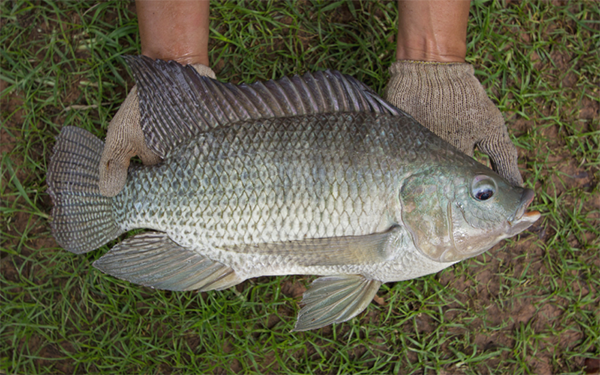
WorldFish, an international non-profit research institution, and the Confederation of Indian Industries (CII) have released a report that makes a strong business case for scaling tilapia production in India. Tilapia has been identified as the best species for aquaculture commercialization in India, as projections show that boosting India’s tilapia production could lead to significant socioeconomic gains for the country.
“Investing in boosting India’s tilapia production is predicted to bring a healthy return on investment of 24 to 30 percent, provide new business opportunities, especially for young people and women, and earn foreign currency for India through exports,” wrote the authors of the report. “It will also ensure a steady supply of affordable fish protein to significantly boost nutrition among domestic consumers.”
The anticipated year-on-year revenue potential from tilapia export is (U.S.) $1.135 billion, which is 8 percent of the total target for Indian seafood export revenue of $14 billion by 2027. By 2032, India’s estimated revenue from tilapia export could hit $3.92 billion, contributing 15 percent of the targeted $28 billion of fish and marine produce exports from India.
“Building on its proven success at increasing production at scale for shrimp, India has carried out a ‘best bet’ species assessment and identified tilapia as a species to pursue based on its suitability for domestic production and rising demand in global markets,” wrote the authors. “It is also a species that can boost production in Indian inland fisheries and help diversify current fish production.”
As detailed in the report, India has set a “transformative and ambitious” goal to produce 0.766 million metric tons of tilapia by 2026-2027 and 2.155 million metric tons, valued at about (U.S.) $4.398 billion, by 2032. The report analyzes the opportunities and what is needed to significantly expand tilapia production in India. It would involve adopting “a collaborative approach” that leverages WorldFish’s expertise in scaling tilapia production, including the development of broodstock hatchery, infrastructure, finance, capacity building, branding and marketing, as well as CII’s networks with state fisheries departments to further reach out to fishers, farmers, entrepreneurs and donors.
To achieve the target of 2.155 million metric tons of tilapia by 2032, the report details that India needs to invest in tilapia production infrastructure, including hatcheries, grow-out ponds and reservoir cages.
“India has the required inland fisheries resources to spur sustainable growth in tilapia aquaculture in the coming decades,” wrote the author. “In 2018–2019, only 58 percent of India’s inland fisheries potential had been realized.”
India is the fourth-largest producer of fish and other aquatic foods in the world. At present, more than 50 percent of global commercial tilapia production is based on genetically improved farmed tilapia (GIFT) or GIFT-derived strains, where WorldFish has played a “pioneering role” through its long-standing tilapia genetic improvement program since the 1980s. With nearly 10 million people residing in more than 4000 coastal communities and relying on the sector to earn a living, initiatives to improve fisher and farmers’ incomes are crucial to reaching India’s goal of “No Poverty by 2030.”
“Given that almost half of the population is engaged in food production systems and their associated supply chains, improving revenues within the sector, especially in aquaculture and fisheries, is pertinent to delivering higher returns on investments while supporting the attainment of livelihood security as well as climate adaptation and mitigation goals,” wrote WorldFish in a press release.
Follow the Advocate on Twitter @GSA_Advocate
Now that you've reached the end of the article ...
… please consider supporting GSA’s mission to advance responsible seafood practices through education, advocacy and third-party assurances. The Advocate aims to document the evolution of responsible seafood practices and share the expansive knowledge of our vast network of contributors.
By becoming a Global Seafood Alliance member, you’re ensuring that all of the pre-competitive work we do through member benefits, resources and events can continue. Individual membership costs just $50 a year.
Not a GSA member? Join us.
Author
-
Responsible Seafood Advocate
[103,114,111,46,100,111,111,102,97,101,115,108,97,98,111,108,103,64,114,111,116,105,100,101]
Tagged With
Related Posts
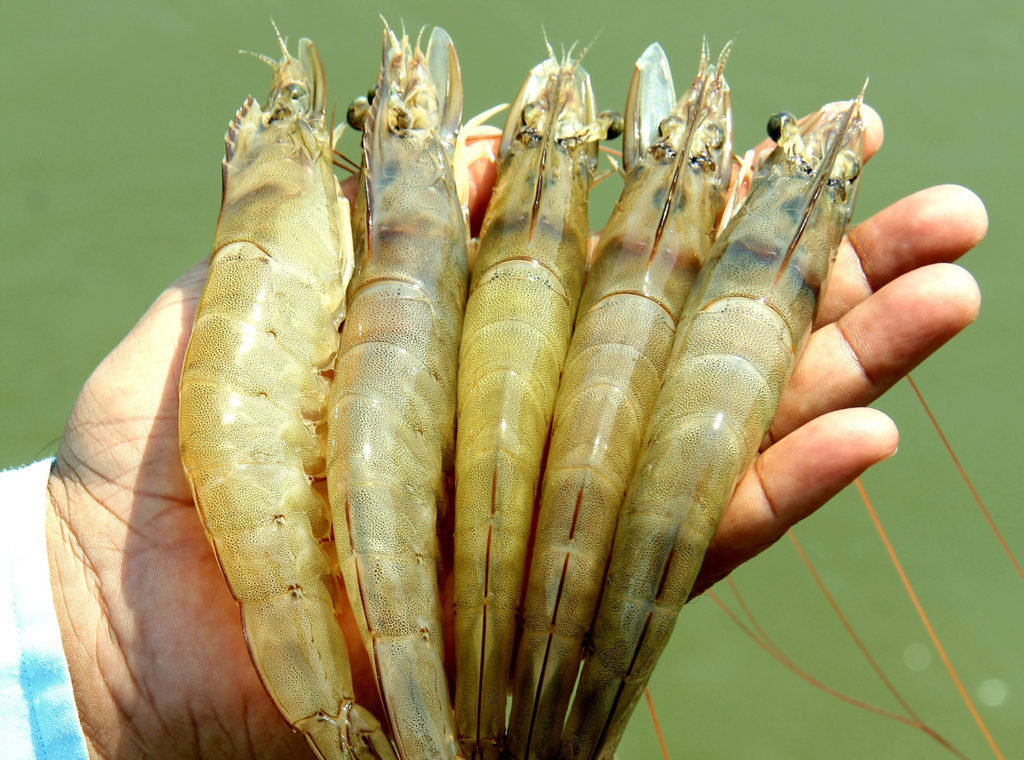
Intelligence
How India became the world’s top shrimp producer
Despite ongoing challenges, Indian shrimp farmers have achieved major developments in hatchery, farm grow-out and feed-manufacturing technologies.
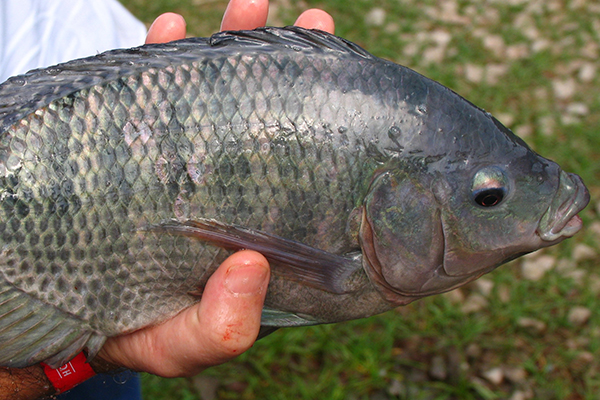
Responsibility
Lattice Aqua and IDH partner to build up tilapia farming in Kenya
Lattice Aqua and IDH have partnered to improve the "productivity, profitability, and sustainability" of tilapia farming in Kenya.
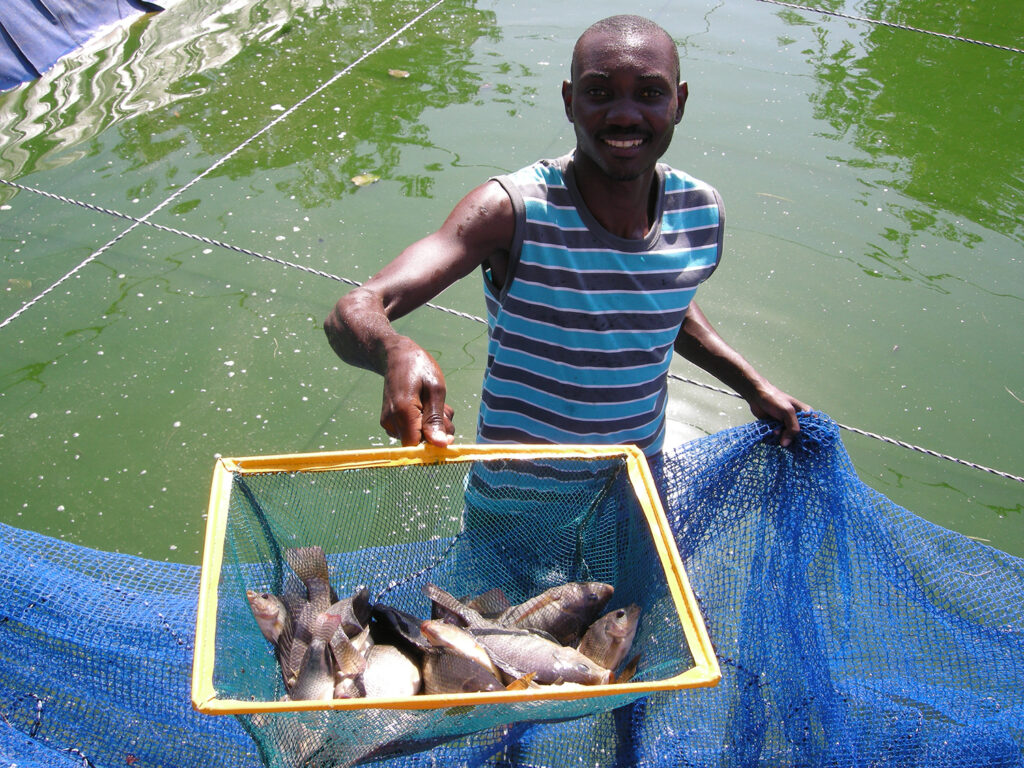
Innovation & Investment
Investors envision a connected sub-Saharan African tilapia farming industry
Inaugural Aqua Insights report encourages investment in Aqua-Spark's Africa Fund to kickstart a new era of tilapia farming for the region.
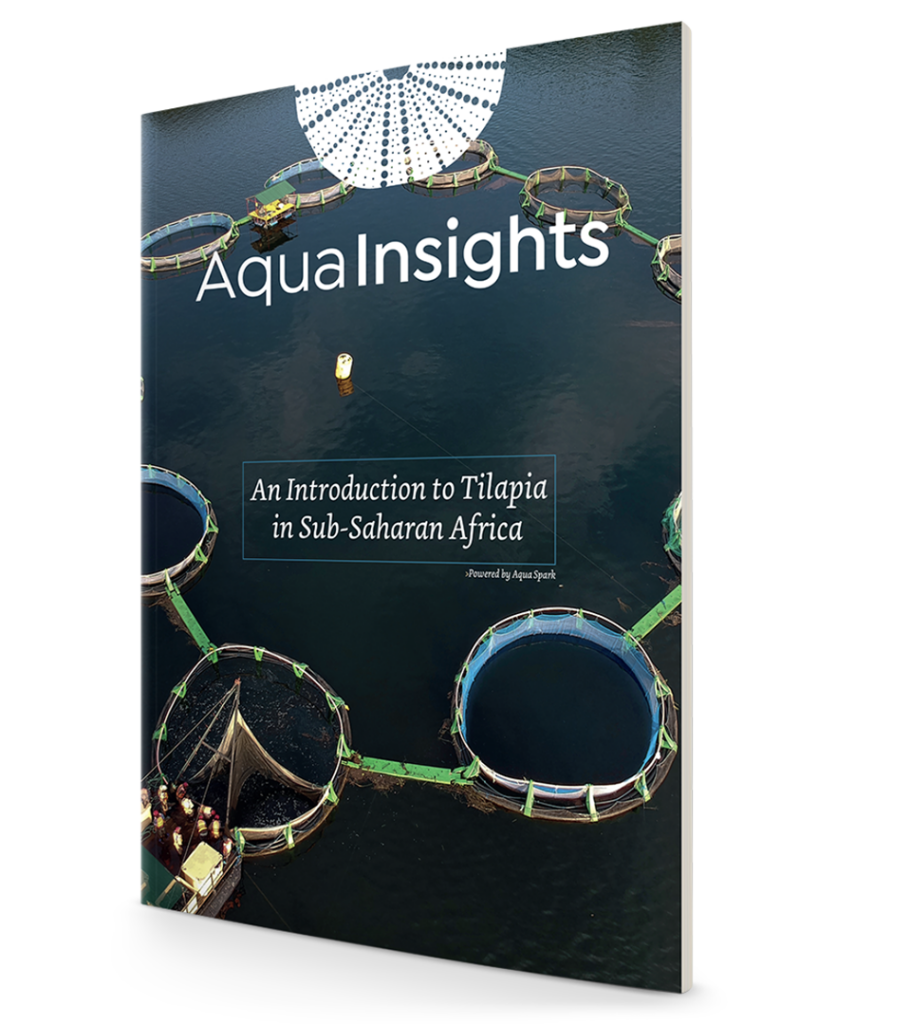
Innovation & Investment
Aqua-Spark report: Tilapia aquaculture key to food security across sub-Saharan Africa
A new Aqua Insights Report from Aqua-Spark finds that tilapia aquaculture is key to food security across sub-Saharan Africa.



